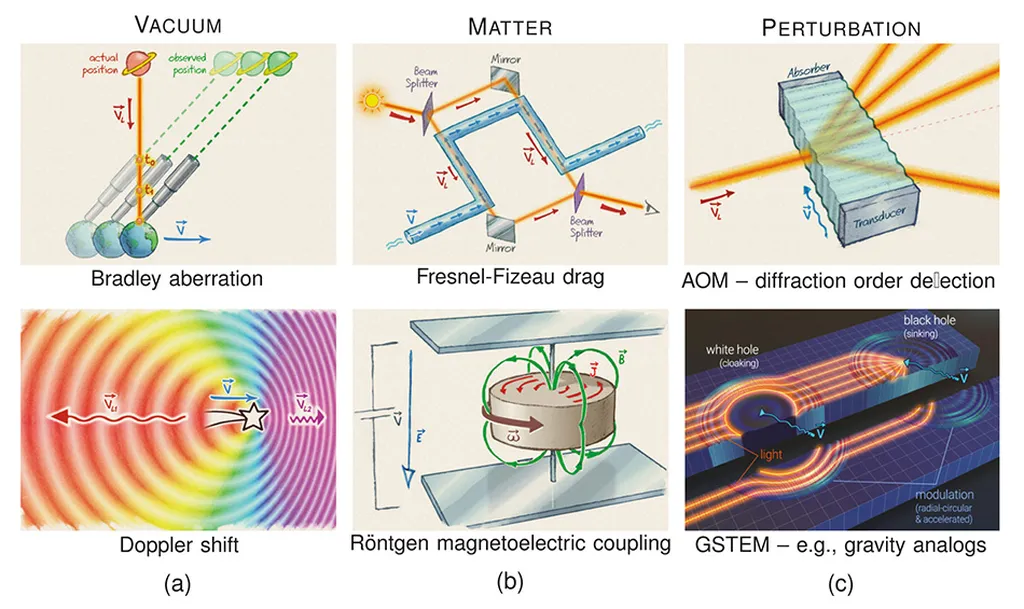In the ever-evolving landscape of power systems, researchers are constantly seeking innovative methods to enhance the computation of electromagnetic transients, a critical aspect of maintaining grid stability and efficiency. A recent paper published in the English-language journal “IEEE Access” titled “Compensation Method, Diakoptics, and MATE” sheds light on the intricate relationships between various computational techniques, offering a roadmap for future advancements in the field.
The study, led by Jean Mahseredjian from the Department of Electrical Engineering at Polytechnique Montréal, explores how the Compensation method connects to the bordered-block-diagonal solution of power grids. This method, Mahseredjian explains, “not only relates to diakoptics but also encompasses other algorithms like the Multi Area Thevenin Equivalent (MATE) method.” By unraveling these connections, the research aims to clarify existing literature, dispel misconceptions, and pave the way for more efficient computational practices.
One of the key contributions of this paper is its examination of implementation issues and potential inefficiencies in current methods. “Understanding these challenges is crucial for developing more robust and scalable solutions,” Mahseredjian notes. This insight is particularly relevant for the energy sector, where the demand for accurate and rapid computation of power system transients is growing.
The implications of this research extend beyond theoretical advancements. In a commercial context, improved computational methods can lead to more efficient grid management, reduced operational costs, and enhanced reliability. As power systems become more complex and interconnected, the ability to accurately compute transients becomes increasingly vital. This study provides a foundation for future research that could revolutionize how we manage and optimize power grids.
Mahseredjian’s work is a testament to the ongoing efforts to bridge the gap between theoretical research and practical applications. By offering a comprehensive analysis of the Compensation method and its relation to other algorithms, this paper serves as a valuable resource for researchers and industry professionals alike. As the energy sector continues to evolve, the insights gained from this study will be instrumental in shaping the future of power system computations.
In the dynamic world of energy, where innovation is key to meeting the demands of a rapidly changing landscape, this research stands as a beacon of progress. It not only clarifies existing methodologies but also sets the stage for future breakthroughs that could redefine the way we understand and manage power systems.

